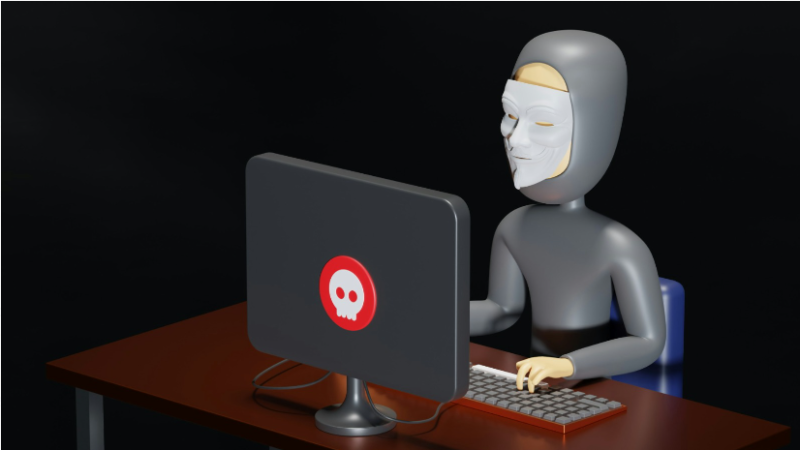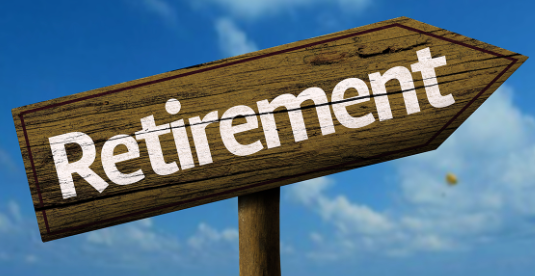Many people struggle with debt. It is difficult to buy the things you need to fulfill your basic needs without going into debt because essential items, such as a home or a vehicle, have price tags that make them too expensive to pay in full.
When you take on a loan or get a credit card, you immerse yourself in debt. You may have a repayment schedule, but even with a plan, it is possible to still fall into trouble due to high-interest rates and fees.
Your first step to getting out of debt is to understand it. Only then can you begin to pull yourself out of it.
Good Vs. Bad Debt
When examining your debt, you will need to understand the difference between a good one and a bad one because not all debt is a horrible thing. Sometimes, you have to take on debt to gain something of value, such as a home.
A mortgage is generally good debt because after you purchase your home, it will increase in value. You earn money on this type of debt, which means it is beneficial to you. That’s what makes it a good debt.
According to Debt.org, a bad debt is one that doesn’t earn you money or doesn’t get you anything of great value in return. Credit card debt is an example of bad debt. You should avoid keeping a credit card balance because it will end up costing you much more than whatever you bought.
In most cases, a bad debt is something you could have reasonably purchased without taking on debt. It often is also a purchase you did not need to make.
Examine Your Debt
Now that you understand good vs. bad debt, you can begin to analyze your own debt and work out a plan to get rid of it. Start by making a list of all your debts. You can separate them into good and bad.
You should also list interest rates for each debt. If you know the payoff date, then add that, too. Put as much information as you can so that you can understand your debts better. Include the monthly payments and the total remaining balance for each debt.
Once you clearly define your debt, you need to look at your income. List all sources, including how often and how much each source contributes.
Compare your debts to the income for the month. If you struggle to make enough to pay your debts and your regular bills, then you are in serious trouble. Even if you aren’t having problems, if your debt is high, then you should work on a plan to reduce it before it becomes an issue.
Planning Your Freedom
There are many ways you can free yourself from debt. One of the best options is to pay off debts, but if you can’t afford to do that, the next best thing is to tackle high interest rates.

Interest adds to the amount you owe on a debt. It keeps adding on money until you completely pay the balance. If your interest rate is high, your monthly payments will generally cover mostly the interest, paying little down on the actual balance you owe. This extends the amount of time it will take you to pay off your debt, which is why reducing the interest rate is ideal.
There are several ways you can reduce your interest rates:
- Refinance
- Consolidate
- Negotiate
Which method you use will depend on the type of debt you have.
Refinance
Refinancing is generally an option with a loan of some type, such as your auto loan. Vehicle loans are usually a bad debt because as soon as you make the purchase, your vehicle starts to lose value. At some point during the payoff, you will likely owe more on the loan than the vehicle is worth. Because of this, you want to pay the lowest possible interest rate.
Refinancing also will work with a mortgage, especially if you got the loan when your credit was not as good as it is now or during a time when interest rates were relatively high. Because your mortgage is such a large loan, refinancing can save thousands of dollars.
To refinance a loan, you will need to work with your lender. It requires taking out a new loan to pay off the old loan. You not only can get a lower interest rate but also you may be able to adjust the terms to help lower your monthly payments even more.
Consolidate
Consolidation is similar to refinancing in that you take out a new loan, but in this case, you will take out a loan large enough to let you pay off multiple debts. By doing this, you will put all your debts into one loan with one monthly payment.
This can work out nicely if you are able to get rid of high interest debts and the new loan has a low interest rate. It also is helpful if you struggle to make multiple payments and can better plan your budget with fewer debt payments.
Negotiate
If you can’t refinance or consolidate, you may try negotiating to lower your debt. Typically, you will only be able to do this with credit card debt. You may be able to negotiate with your lenders to reduce interest rates, remove fees, or take other actions that help you to pay off your debt faster.
The reason why credit card companies are often most likely to allow you to negotiate is that these debts are unsecured. If you default, the credit card company will have to take you to court to try to get its money. However, that may not always work, especially if you don’t own many assets or are having financial difficulties.
If you are willing to pay but need some help, they often will work with you to avoid the chance of not getting any money at all.
Relieving the Burden
Many people see debt as a burden because they take on too many bad debts. Having a credit card for emergency use is not a bad thing if you use it wisely, but many people do not do so. Even having a large mortgage can seem troublesome to people.
Taking control of your debt is the only way that you will feel more comfortable. It can help relieve the burden and allow you to manage your finances so that you avoid ending up in a serious situation where you cannot afford to repay your debts.






